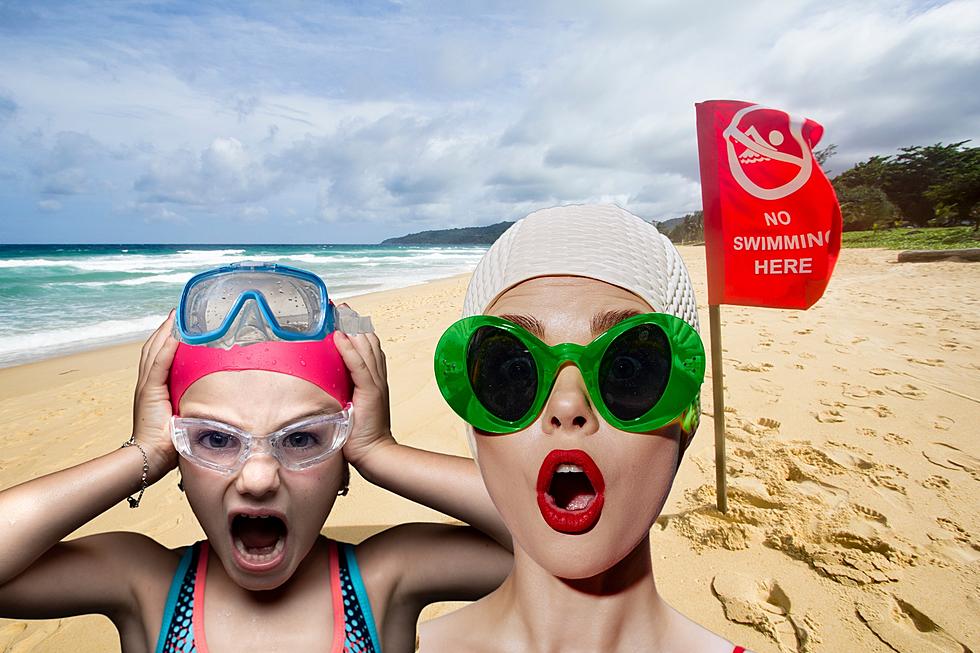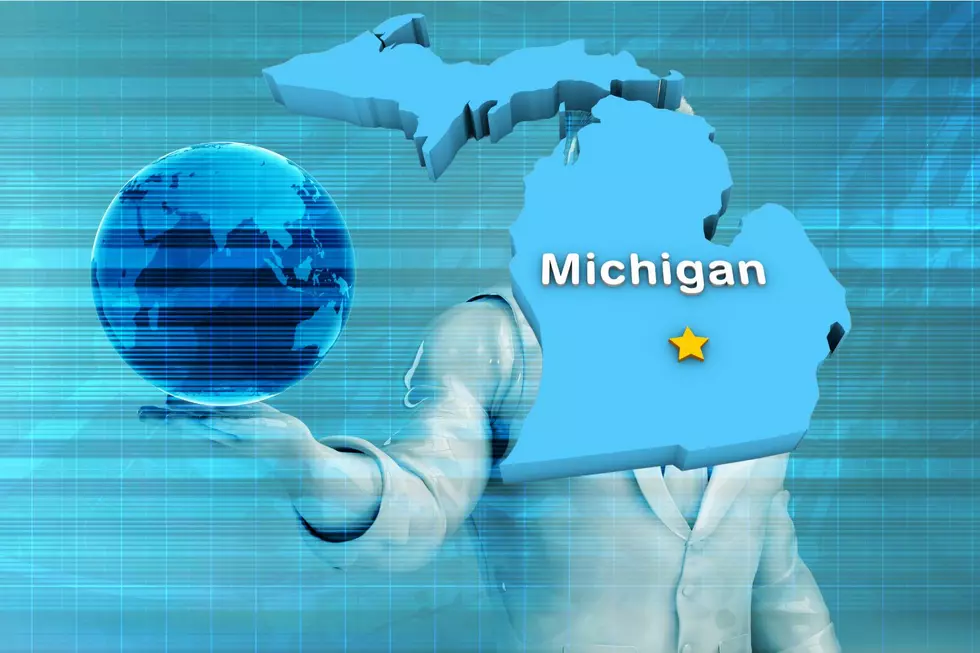
Dangerous Waters: Unveiling the Deadliest Beach in Michigan
Michigan is known as the Great Lake State and offers beautiful beaches to hordes of swimmers who want to cool off from the sweltering summer heat. The Great Lakes are a big draw, offering sandy beaches to stretch out on a beach blanket and catch some rays. However, they also can offer a crashing surf that can harbor a vicious rip current.
Rip currents can be deceiving. According to the Michigan State University Extension,
An area where a rip current develops can be identified by what appears to be calmer water where no waves are breaking. This is the area where the water is headed lakeward. These types of conditions entice swimmers, as it appears to be calm water when in fact it is a river headed away from the shoreline.

Where Do Rip Currents Form?
Rip currents are likely to form on sandy beaches that border large areas of open water, making the Great Lakes prime targets for the deadly undertow. Sandbars that run parallel to the shoreline are blamed for adding to the generation of rip currents.
As the wind blows across the surface of the water, generating waves, the water builds up like a dam behind these sandbars. As the water and pressure grow, the water eventually escapes back towards the lake, ripping a channel through the sandbar. This rushing river of water can trap swimmers and pull them out away from the shore.
How Do I Know If It’s Safe To Swim?
The Michigan DNR says that all 30 state parks with Great Lakes swimming access now have the flag system in place for summer swimming. Here are the four flag levels:
- Double Red Flag: Stay out of the water due to dangerous conditions.
- Single Red Flag: Swimming is allowed but not advised. High waves and strong currents are likely.
- Yellow Flag: Moderate surf and currents create a medium hazard for swimmers.
- Green Flag: Calm conditions create a low hazard for swimmers.
- In the City of South Haven: A Single Red Flag means the water is closed to the public due to high surf or strong currents.
Where Is The Deadliest Beach In Michigan?
A Chicago legal firm, Smith-LaCien L.L.P., published a study that focused on eighteen years of the grim history surrounding the Great Lakes, between 2002-2020. According to the study, out of the five Great Lakes, Lake Michigan is the deadliest and is home to the deadliest beach in Michigan. As of July 6, 2023, 33 people have lost their lives in the Great Lakes this year, 12 of those in Lake Michigan.
Here is a list of the 8 deadliest beaches on Lake Michigan:
#8: Warren Dunes State Park- Sawyer, Michigan
#7: Silver Beach- St. Joseph, Michigan
#6: New Buffalo Beach- New Buffalo, Michigan
#5 Pere Marquette Park- Muskegon, Michigan
#4: South Haven Beach- South Haven, Michigan
#3: Washington Park Beach- Michigan City, Indiana
#2: Holland State Park- Holland, Michigan
#1: Grand Haven State Park- Grand Haven, Michigan
Strange Creatures of the Great Lakes
More From WBCKFM









